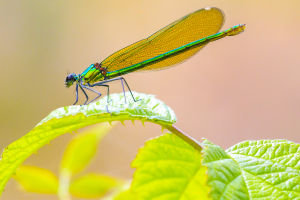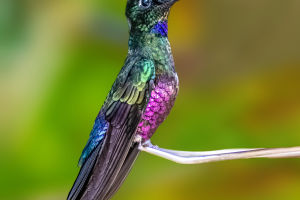Gray Wagtails and Yellow Wagtails are both members of the Wagtailidae family and are commonly observed birds.
While their names suggest color differences, distinguishing between them in the wild requires experience and skill.
This article aims to elucidate the methods of identifying these two beautiful wagtails to aid birdwatchers in their understanding.
Appearance:
1. Gray Wagtail:
The Gray Wagtail has a slender physique with predominantly gray plumage. Its back and wings are dark gray, while its head and chest are lighter shades of gray.
Its underparts are white, with a light gray-tinged belly. Notably, its long, black tail, when raised, reveals striking white or light yellow stripes, a distinguishing feature. During flight, the Gray Wagtail's tail is lifted and gracefully sways, leaving a distinctive impression.
2. Yellow Wagtail:
In contrast, the Yellow Wagtail boasts a more vibrant appearance. Its head, chest, and underparts dazzle in bright yellow hues, while the back and wings flaunt olive green or dark green shades.
Although its tail is long, it lacks the distinctive cocked position seen in the Gray Wagtail, instead hanging naturally. The tail is typically black or dark gray without any visible stripes.
Habits and Habitat:
1. Gray Wagtail:
Gray Wagtails favor habitats near streams, rivers, or lakes, often perching on rocks or grassy areas. They prefer feeding along water edges and primarily prey on insects, small invertebrates, and occasionally small fish.
2. Yellow Wagtail:
Yellow Wagtails are commonly found in open grasslands, farmlands, or wetlands, frequently foraging around agricultural fields. Their diet primarily consists of insects, though they may consume plant seeds during migration seasons.
Distinguishing Features:
Apart from physical appearance, habitat preference serves as a distinguishing factor between Gray and Yellow Wagtails. While Gray Wagtails gravitate towards rocky areas near water bodies, Yellow Wagtails prefer open meadows or farmland, providing additional clues for identification.
Conclusion:
Though visually similar, Gray Wagtails and Yellow Wagtails exhibit differences in appearance, habits, habitat, and sounds. With attentive observation and accumulated experience, birdwatchers can refine their ability to identify these species accurately.
For enthusiasts, birdwatching not only provides pleasure but also fosters a deeper understanding and appreciation of nature's diversity. Let us endeavor to safeguard these magnificent creatures, allowing them to soar freely in our shared environment.


